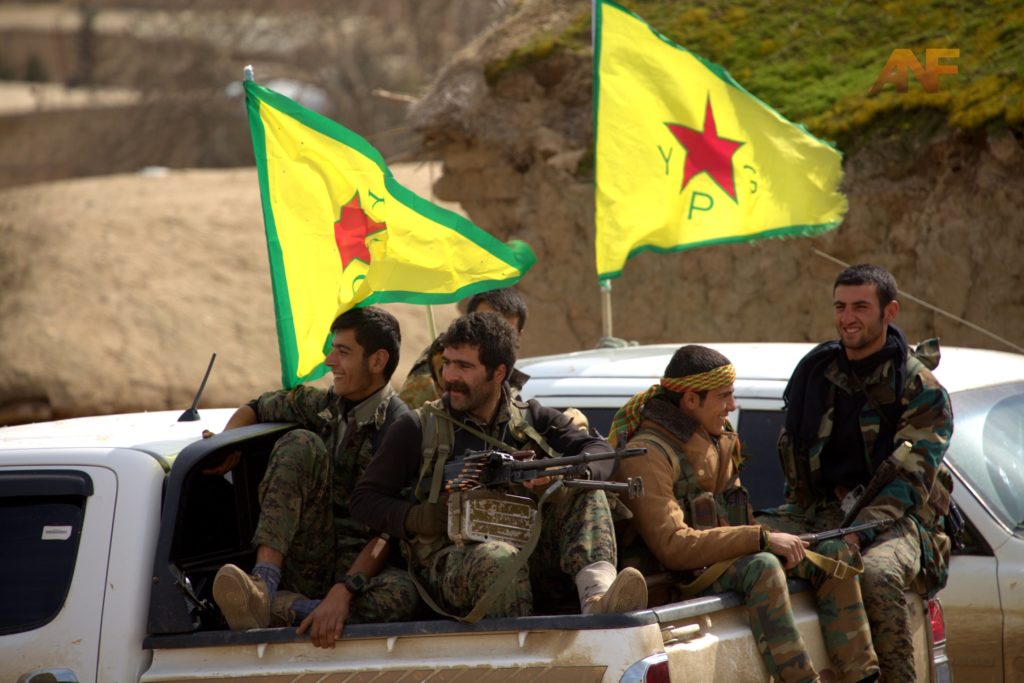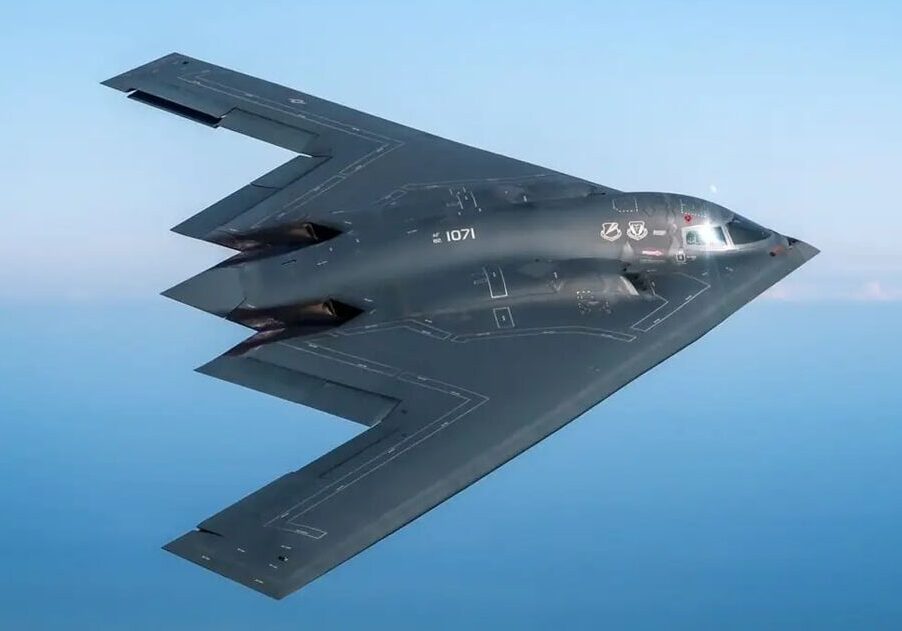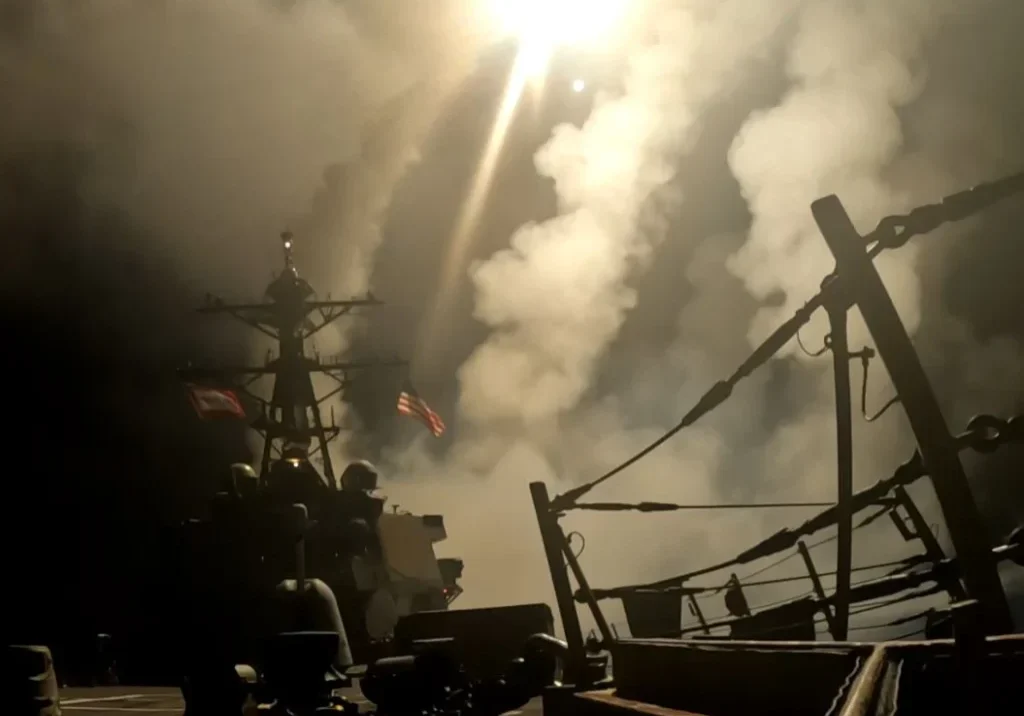Australia/Israel Review
Rojava Sundown
Nov 4, 2019 | Jonathan Spyer

The news emerging from northern Syria remains confused. There are now fighters from five separate armies manoeuvring in the area between the Euphrates River and the Syrian-Turkish and Syrian-Iraqi borders.
These are the invading Turkish-Sunni Islamist forces, the defending Kurdish-led Syrian Democratic Forces (SDF), the escaping western (mainly US, also British and French) special forces soldiers whose mission has been declared at an end, and the incoming troops and hardware of Bashar Assad’s Syrian Arab Army (SAA) and of his Russian allies.
Where all this will end is not clear. But one thing which seems apparent is that with the return of Syrian regime forces east of the Euphrates, the emergent Kurdish autonomy in this area is finished.
This brings to an end one of the more remarkable episodes in the recent history of the Levant – namely, the autonomous, self-governing authority known to the Kurds and then to the world as “Rojava” (‘the sunset land’ – denoting western Kurdistan). I happened to witness the emergence and growth to power of this entity. It deserves a retrospective, if not quite yet a eulogy. I want to attempt that here.
The Kurdish power emerged in eastern Syria in the summer of 2012. It was not born in revolt against the Assad regime. Neither was it conceived in collaboration with that regime.
Assad was desperately short of loyal manpower that summer. He needed to draw in his lines of defence to keep his regime viable. The Kurdish authority emerged in the vacuum that followed Assad’s unilateral exit from Syria’s north east in June and July 2012.
The Kurds were required to fight for their lives from the beginning. An early attempt by the jihadists of Jabhat al-Nusra to wipe them out was successfully resisted. As one of the first journalists to visit the autonomous area, I witnessed the nascent YPG (from the Kurdish words for “People’s Protection Forces”) in action in the town they called Sere Kaniyeh. It’s back in the headlines again now, under its Arabic name – Ras al Ain.
We came across the Tigris River by night in a rubber dinghy. The Kurds hadn’t yet at that stage taken control of the Semalka border crossing.
It was immediately obvious to me that this was a very different type of force to the chaotic, ammunition-spraying “rebels” that I had seen in Idleb and Aleppo. The YPG didn’t even have uniforms at that stage. They looked a motley crowd in their t-shirts and jeans and sneakers. But they were disciplined, well trained in tactical movement, sparing and precise in their firing. I was impressed.
Their emergent societal arrangements were impressive, too. Not perfect, by any means. But it was plain in the months that followed that something very different – and very much better – than the nascent Sunni Islamist regime in the rebel areas, or the existing Baath fascist-inspired model in the regime parts, was being born.
That it was being established by one of the region’s most sorely oppressed and hitherto silent minorities – the Syrian Kurds – made it all the more notable.
Islamic State, that most malignant expression of the Sunni Islamist trend, was the natural enemy of this emergent Kurdish autonomy. It would be hard to think of two projects better suited for enmity, or for war to the finish.
And war to the finish there was. Islamic State sought to destroy Rojava in mid-2014. The jihadi forces swallowed up village after village as they headed up towards the town of Kobani that summer. I remember a fraught meeting in those days with Kurdish leaders in London. They described to me how the last civilians had been evacuated across the border to Turkey. Just a few hundred YPG fighters were in there now, amid the dust and the ruins. They were waiting for the jihadis to close the trap to the north. Then they would fight them to the death. For every inch of ruined Kobani.
But ISIS never took Kobani. The new partnership with US air power, the artillery of Masoud Barzani’s Peshmerga, and the grit, courage and self-sacrifice of the YPG stopped them.

The Kurds are a very different force to the ammunition-spraying “rebels” elsewhere in Syria
It took another four years of fighting, and 11,000 dead from the ranks of the YPG and its allies (now re-branded the Syrian Democratic Forces – SDF). But it was this combination of forces that destroyed the ISIS caliphate, and, with it, one of the most evil and malignant political projects of recent years.
The cost was very high. I worked a lot in the SDF areas during the campaign. I can remember the faces and the names of many friends and acquaintances killed in those years. It was a low-tech war on the ground. Militia against militia. Precious few of the technical advantages that characterise much infantry warfare in the early 21st century. This was man against man (and, of course, women – on the SDF side). No night vision equipment. Scrabbling and hunting in the dark through ruined villages.
There was little medical equipment to go around. People bled out from wounds that in a western army would have been quickly attended. The many foreign volunteers, too, died in high numbers, with no special privileges.
When it was over, and the jihadis’ caliphate destroyed, there was a quieter period. The nightmares were still there, of course, and no one really knew where things were heading.
The most common predictions I remember in talks with friends were that the Americans would probably leave at some point, given the apparently limited and ambiguous nature of their commitment. If that happened, there would be a need for a rapid deal with the regime, to prevent a Turkish/Sunni Islamist rampage, and renewed catastrophe.
That is what appears now to have happened. The result is that after six years, the tanks of the Syrian Arab Army are rolling back into Qamishli, Raqqa, Tabqa, Tal Tamr, Kobani, Manbij, al-Malikiya and the other towns east of the Euphrates. This is taking place not because the SDF has been militarily defeated. Rather, as needs to be stated plainly, it has been betrayed. By its allies.
All that effort, the institutions built, the forces gathered, the sacrifices, the many sacrifices made, the people – the many innocents, saved – on Sinjar Mountain and elsewhere.
I remember the refugees at the Newroz camp in August, 2014. Yazidi children, women and men, in their thousands, saved from slaughter or slavery. They were dazed, thirsty, hungry and traumatised. But they were alive and safe. Because of the efforts of the young men and women of the YPG.
I remember a young female officer in the town of Derik during that time asking me if I was Jewish. I told her I was. This was one of the few places in the Middle East outside of Israel where you didn’t have to worry about answering that question honestly.
“Where’s the conscience of humanity?” she asked me, as though my membership in another people with experience of attempted genocide might give me some insight into this matter. “In so far as humanity has a conscience,” I remember replying, “it currently finds expression in this place in the form of you and your friends.” And so it was.
The sanity and order that, for a little while, amid butchery and madness, was able to stand and prevail, now seems fated to disappear. “The last six years,” one of my old friends in Kobani told me the night the agreement with the regime was announced, “were in vain.”
Where Assad’s army goes, the dictator’s security structures rapidly follow. One hopes that freedom, once called, will come again. For now, the Kurds of Syria will need to tread carefully, and keep their heads down. It is a sad, tawdry and unworthy end.
Dr. Jonathan Spyer, Director of the Middle East Center for Reporting and Analysis, and a research fellow at the Middle East Forum and at the Jerusalem Institute for Security and Strategy, is one of the very few Western/Israeli experts to have travelled extensively in Syria, Iraq and the Kurdish areas during the recent years of conflict. He is the author of Days of the Fall: A Reporter’s Journey in the Syria and Iraq Wars (Routledge, December 2017), and The Transforming Fire: the Rise of the Israel-Islamist Conflict (Continuum, 2010). © Jerusalem Post (jpost.com), reprinted by permission, all rights served.
Tags: Islamic State, Kurds, Syria, United States






